Nature meets nurture at this Brooklyn indoor playground
We pay a visit to Children’s Playspace, an innovative indoor playground in Brooklyn courtesy of New York City-based architectural and design studio Architensions
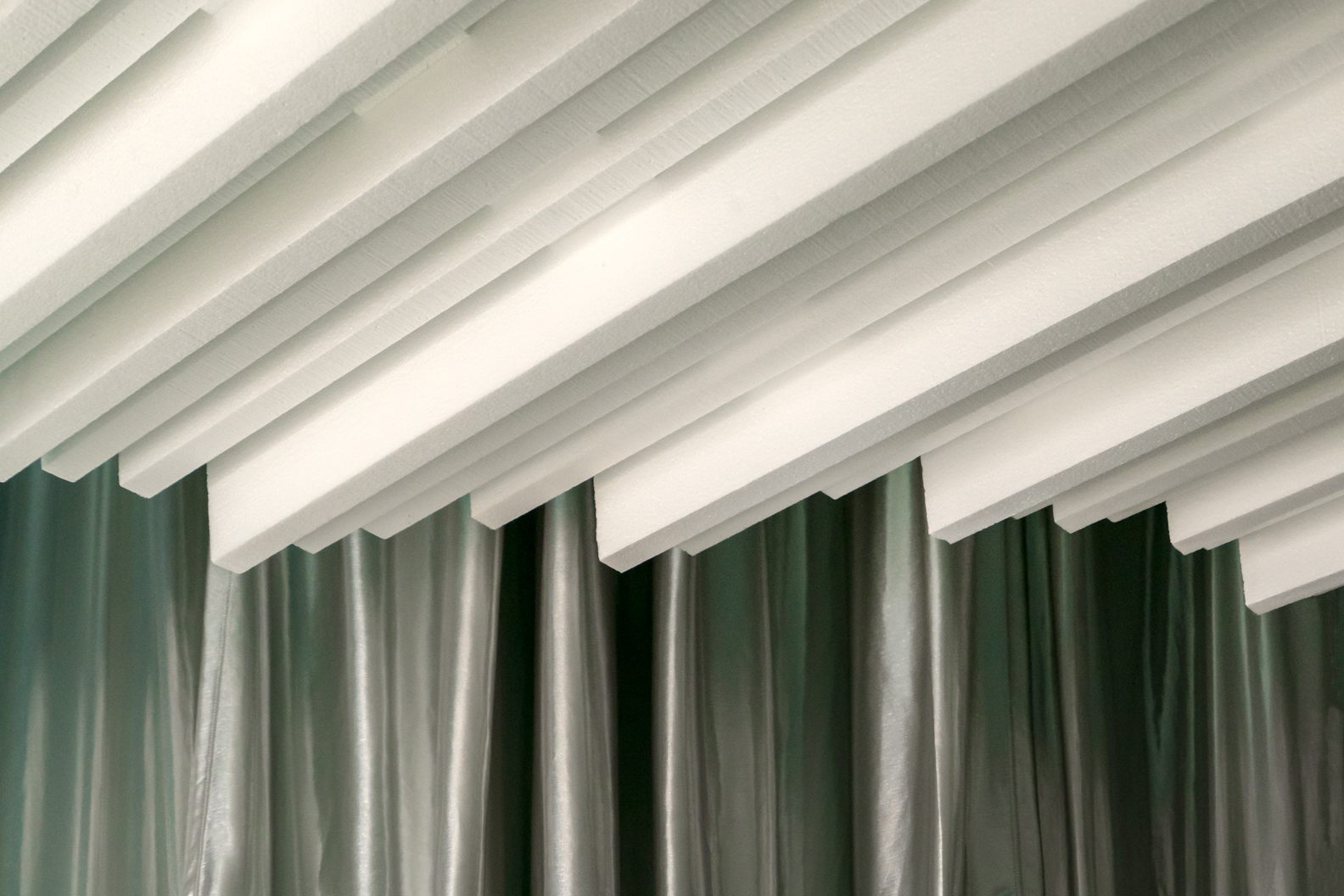
Cameron Blaylock - Photography
Facilitating child’s play and learning indoors continues to be a hot and murky topic in the United States these days, but an innovative, indoor playground, located in Brooklyn, New York, offers a hint of what waits on the other side, should the city’s sustained recovery from the pandemic continues to be kept under control.
Designed by the New York and Rome-based architecture practice Architensions, and completed just before the Big Apple went into lockdown, the eye-catching playspace brings together elevated design references with an understanding of children’s psychology and socialising, which reflects its proprietor’s background in childcare and yoga.
The stylish indoor environment was designed to facilitate creative, collective play for small groups of children. While its framework of wooden grids and embedded geometric shapes might seem abstract, Architensions actually looked to several aspects of the natural world in creating an interior landscape that would enhance a child’s experience.
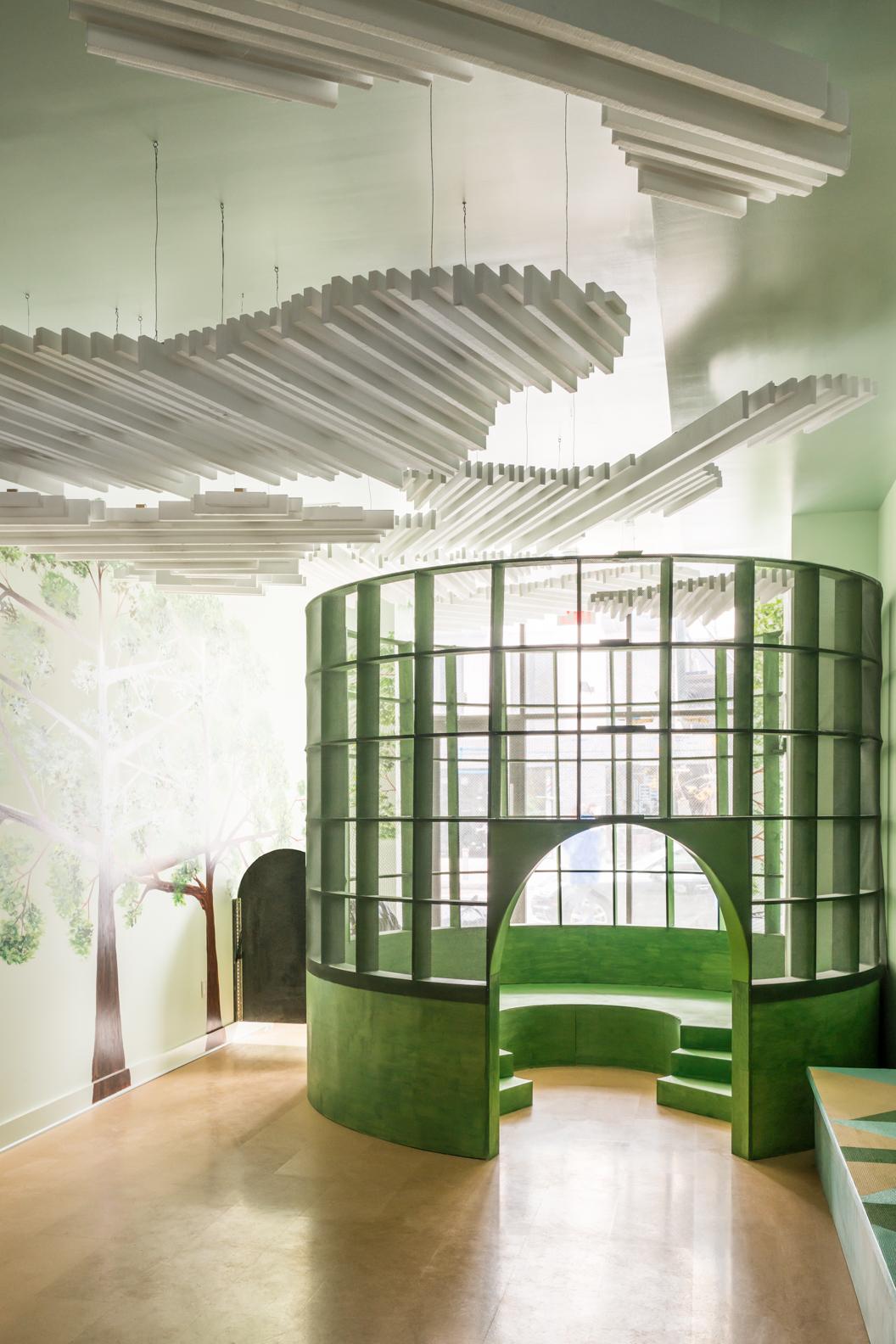
‘We wanted to create a space to promote equality for every child using the space, so we imagined a forest as that outdoor environment where playability is not standardized but can always change,’ explains the studio’s co-principal Alessandro Orsini. ‘We translated it through a series of Euclidian shapes, each acting as part of the setting to help the users' cognitive development.’
Nick Roseboro, Architensions’ fellow co-principal, adds, ‘We did not look necessarily into the conventional playground, but our reference was more related to the social aspect of play. We started to look into Aldo Van Eyck’s playgrounds in Amsterdam built after the Second World War as a series of urban rooms, but also Isamu Noguchi’s ‘Contoured Playground’ playscapes with their distinctive elements that allow the visitors to physically interact with art.’
The playground’s series of structures each creates a different sensory effect, whether it’s hiding inside a washi paper-covered form, resembling an igloo, and experiencing lighting that resembles the effect of falling snow, or climbing up into a 8-foot-tall green cylindrical ‘treehouse’ and peering out through a green mesh fabric that evokes leaves. A semicircular tunnel with geometric cut-out windows painted in bright hues rises up from the ground with shallow steps, while cloud-like forms made from slatted white foam are suspended from the ceiling above.
All materials have been chosen with the young visitors’ well-being in mind – plywood is sanded and clear stained, all painted used is non-VOC natural stain and the floor is covered in soft tan rubber, to cushion any falls. An opening date will be set in due course once social distancing measures can be effectively put into place.
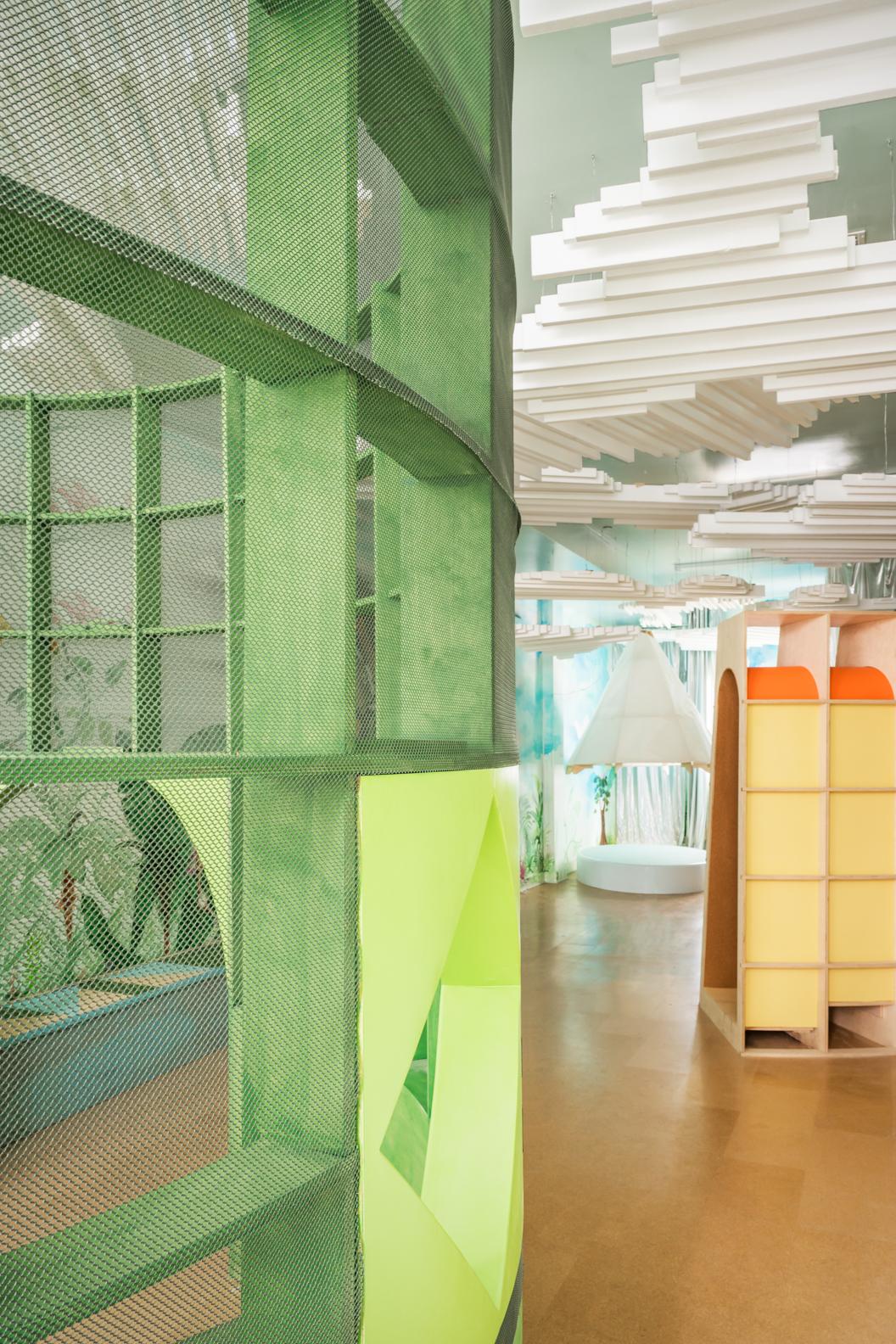
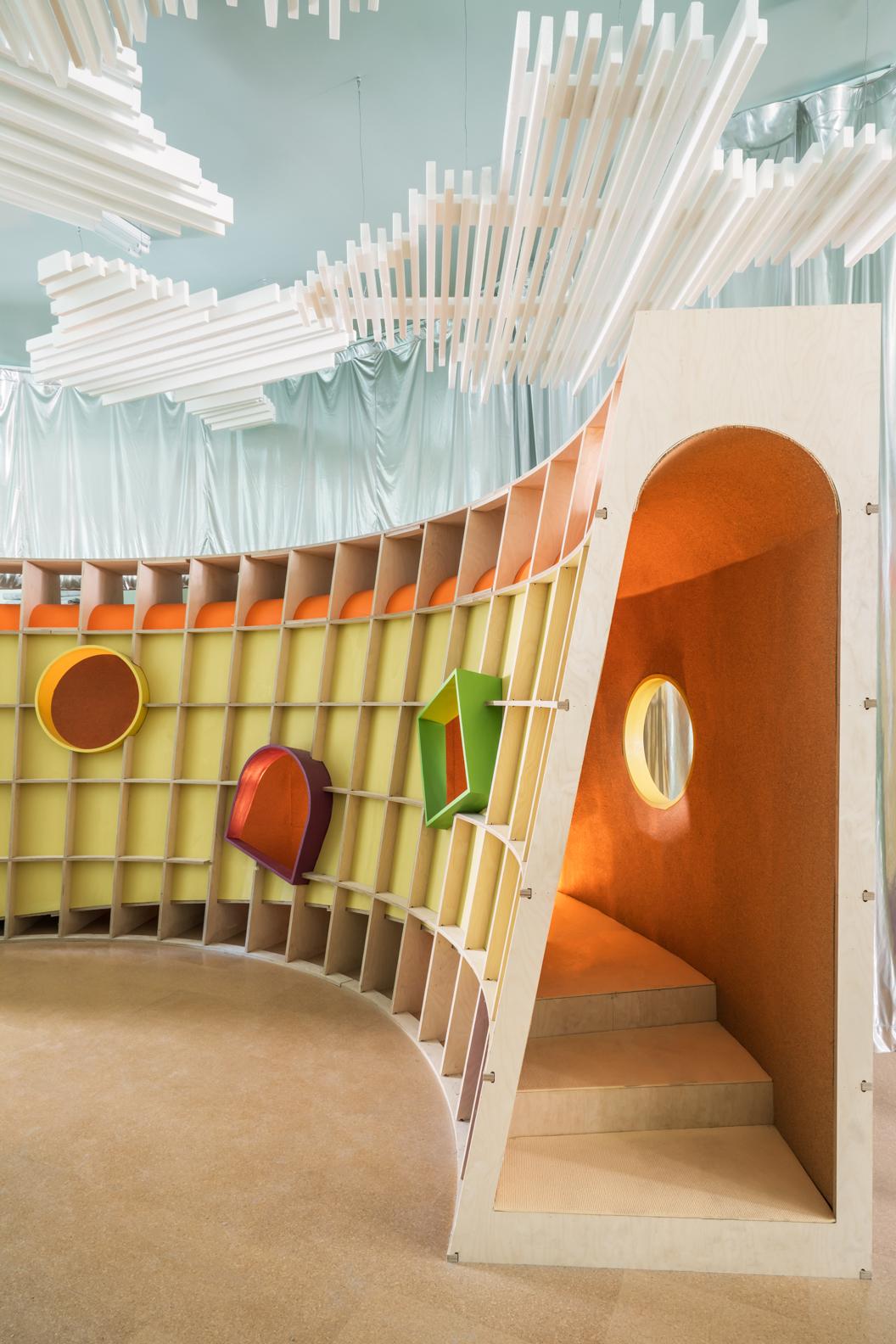
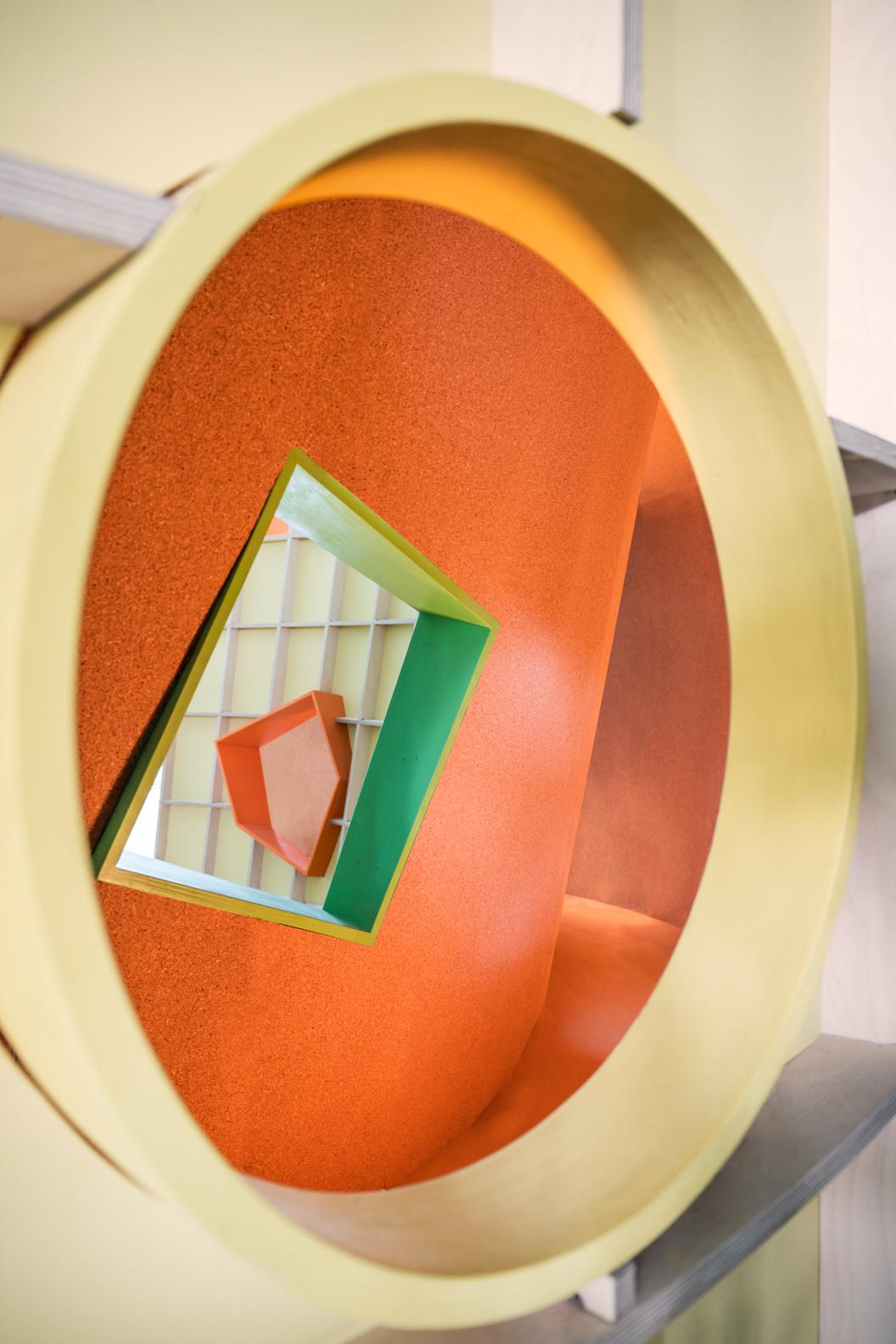
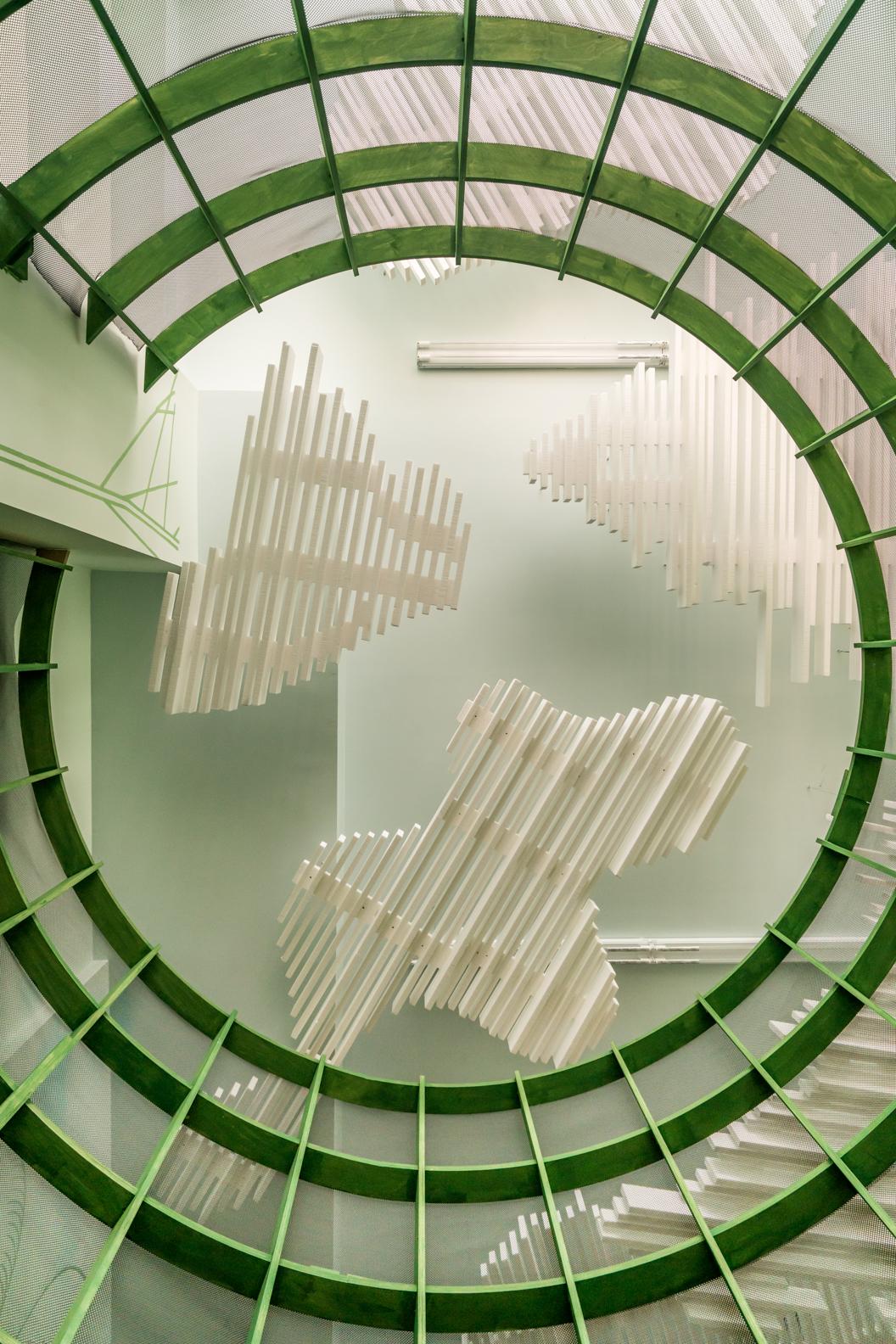
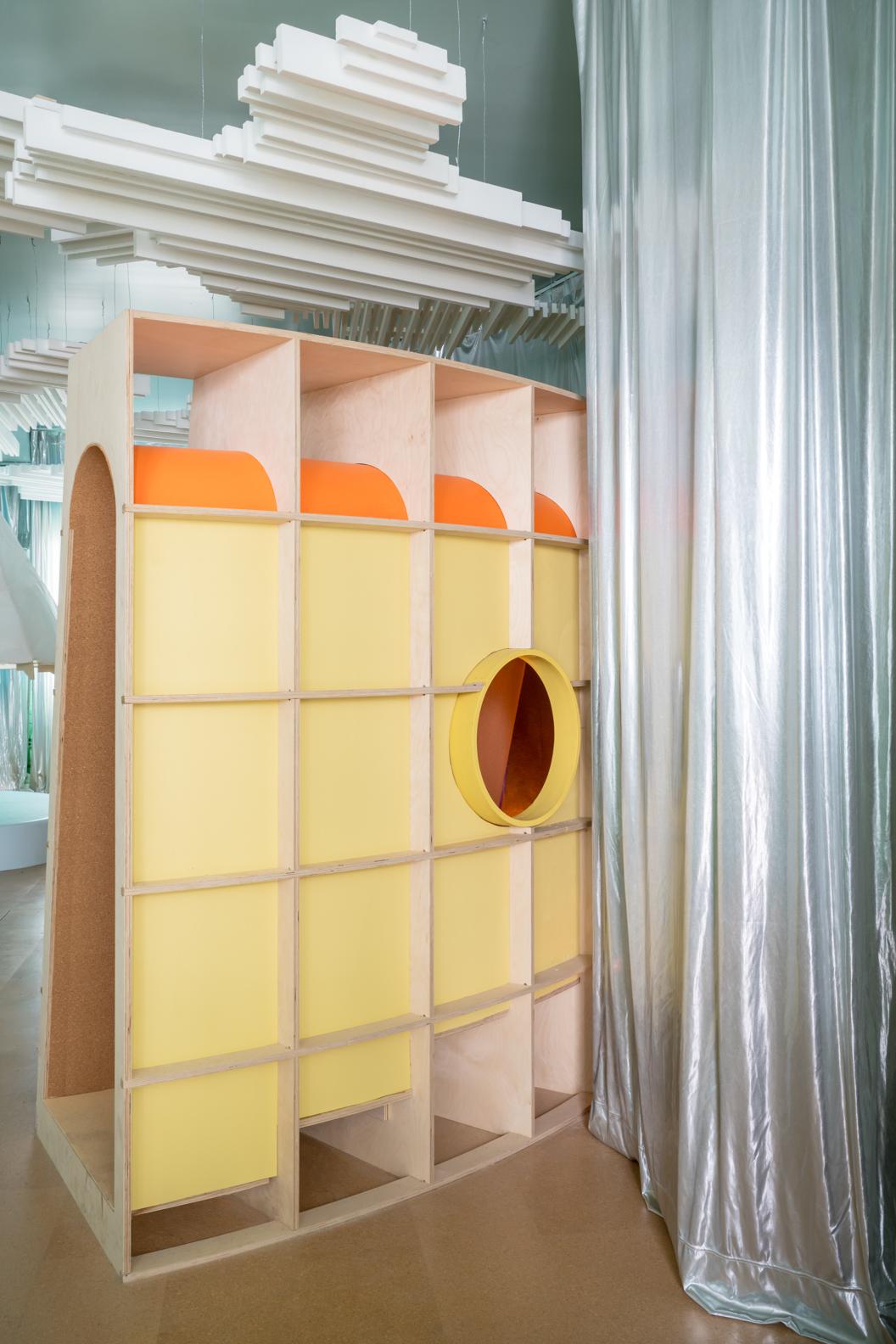
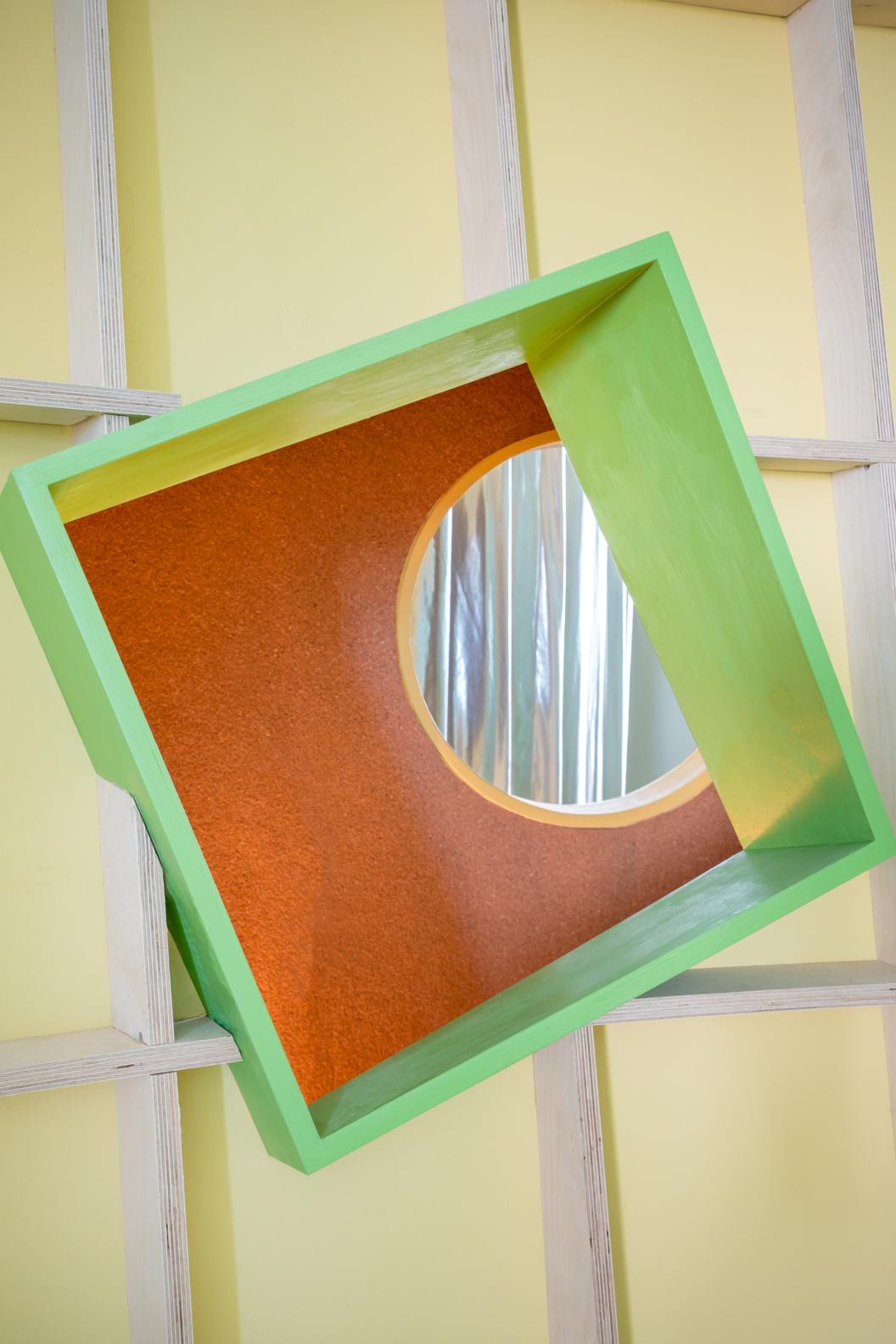
INFORMATION
Wallpaper* Newsletter
Receive our daily digest of inspiration, escapism and design stories from around the world direct to your inbox.
Pei-Ru Keh is a former US Editor at Wallpaper*. Born and raised in Singapore, she has been a New Yorker since 2013. Pei-Ru held various titles at Wallpaper* between 2007 and 2023. She reports on design, tech, art, architecture, fashion, beauty and lifestyle happenings in the United States, both in print and digitally. Pei-Ru took a key role in championing diversity and representation within Wallpaper's content pillars, actively seeking out stories that reflect a wide range of perspectives. She lives in Brooklyn with her husband and two children, and is currently learning how to drive.
-
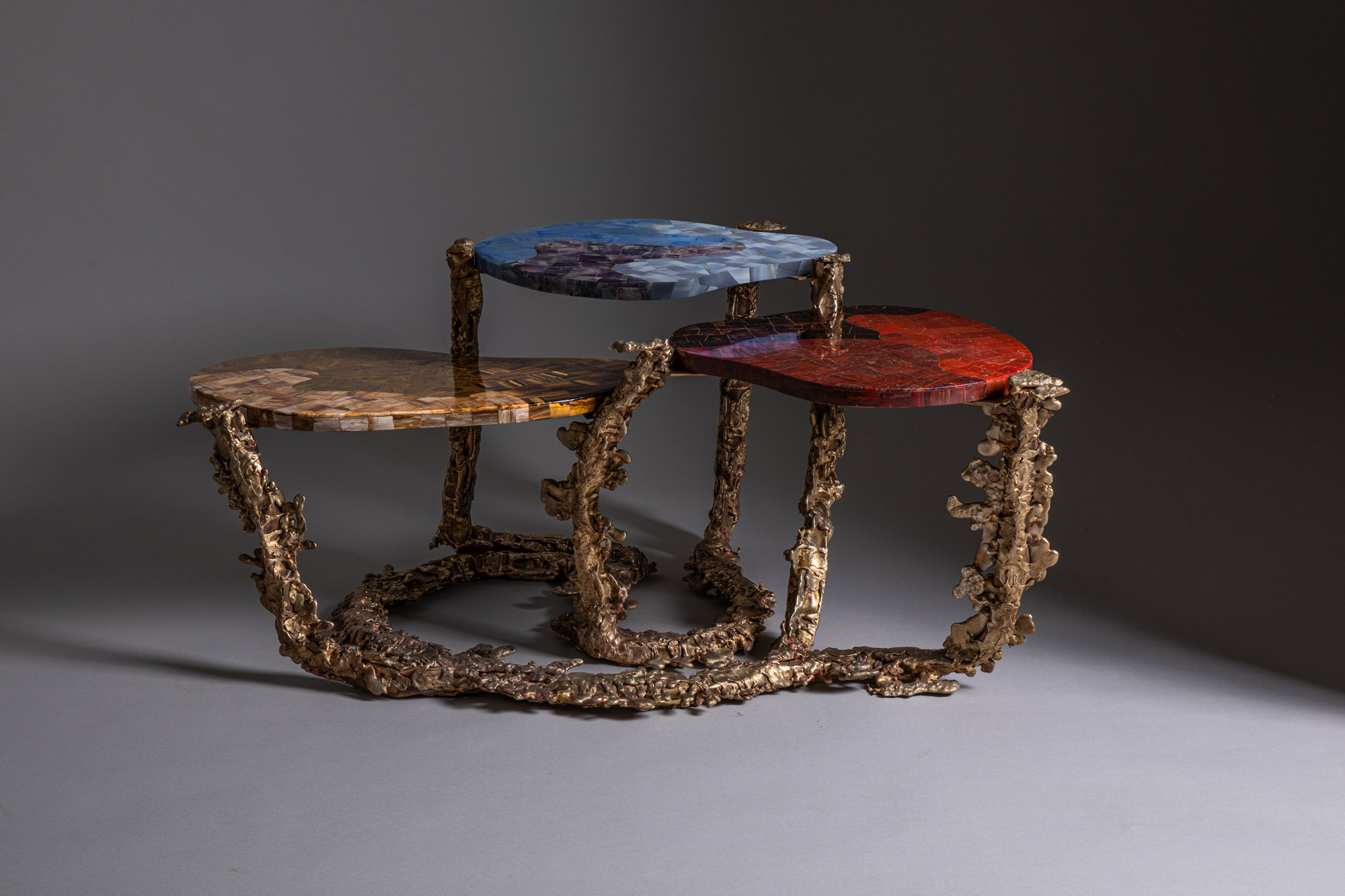 Inside the Shakti Design Residency, taking Indian craftsmanship to Alcova 2025
Inside the Shakti Design Residency, taking Indian craftsmanship to Alcova 2025The new initiative pairs emerging talents with some of India’s most prestigious ateliers, resulting in intricately crafted designs, as seen at Alcova 2025 in Milan
By Henrietta Thompson Published
-
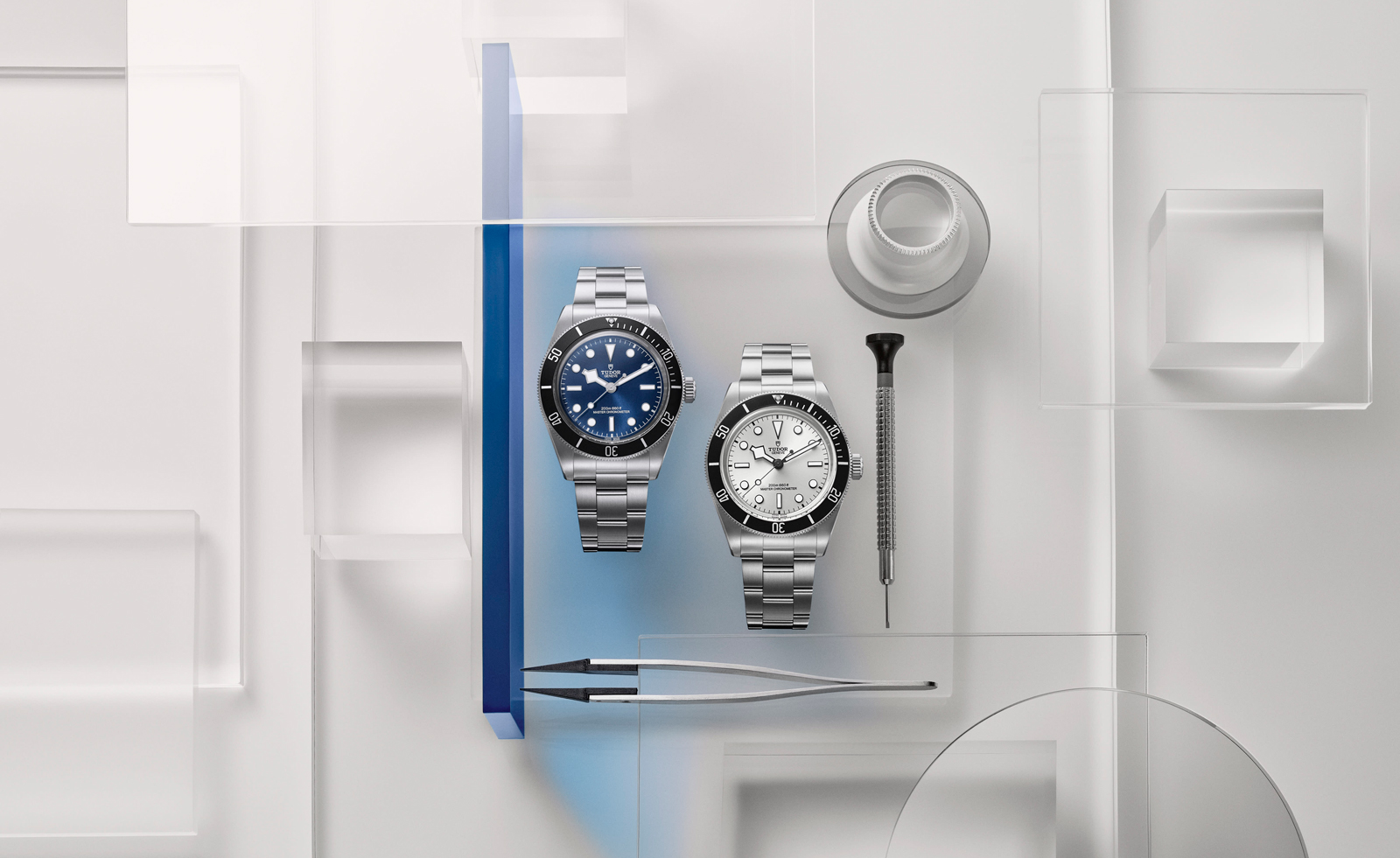 Tudor hones in on the details in 2025’s new watch releases
Tudor hones in on the details in 2025’s new watch releasesTudor rethinks classic watches with carefully considered detailing – shop this year’s new faces
By Thor Svaboe Published
-
 2025 Expo Osaka: Ireland is having a moment in Japan
2025 Expo Osaka: Ireland is having a moment in JapanAt 2025 Expo Osaka, a new sculpture for the Irish pavilion brings together two nations for a harmonious dialogue between place and time, material and form
By Danielle Demetriou Published
-
 We explore Franklin Israel’s lesser-known, progressive, deconstructivist architecture
We explore Franklin Israel’s lesser-known, progressive, deconstructivist architectureFranklin Israel, a progressive Californian architect whose life was cut short in 1996 at the age of 50, is celebrated in a new book that examines his work and legacy
By Michael Webb Published
-
 A new hilltop California home is rooted in the landscape and celebrates views of nature
A new hilltop California home is rooted in the landscape and celebrates views of natureWOJR's California home House of Horns is a meticulously planned modern villa that seeps into its surrounding landscape through a series of sculptural courtyards
By Jonathan Bell Published
-
 The Frick Collection's expansion by Selldorf Architects is both surgical and delicate
The Frick Collection's expansion by Selldorf Architects is both surgical and delicateThe New York cultural institution gets a $220 million glow-up
By Stephanie Murg Published
-
 Remembering architect David M Childs (1941-2025) and his New York skyline legacy
Remembering architect David M Childs (1941-2025) and his New York skyline legacyDavid M Childs, a former chairman of architectural powerhouse SOM, has passed away. We celebrate his professional achievements
By Jonathan Bell Published
-
 The upcoming Zaha Hadid Architects projects set to transform the horizon
The upcoming Zaha Hadid Architects projects set to transform the horizonA peek at Zaha Hadid Architects’ future projects, which will comprise some of the most innovative and intriguing structures in the world
By Anna Solomon Published
-
 Frank Lloyd Wright’s last house has finally been built – and you can stay there
Frank Lloyd Wright’s last house has finally been built – and you can stay thereFrank Lloyd Wright’s final residential commission, RiverRock, has come to life. But, constructed 66 years after his death, can it be considered a true ‘Wright’?
By Anna Solomon Published
-
 Heritage and conservation after the fires: what’s next for Los Angeles?
Heritage and conservation after the fires: what’s next for Los Angeles?In the second instalment of our 'Rebuilding LA' series, we explore a way forward for historical treasures under threat
By Mimi Zeiger Published
-
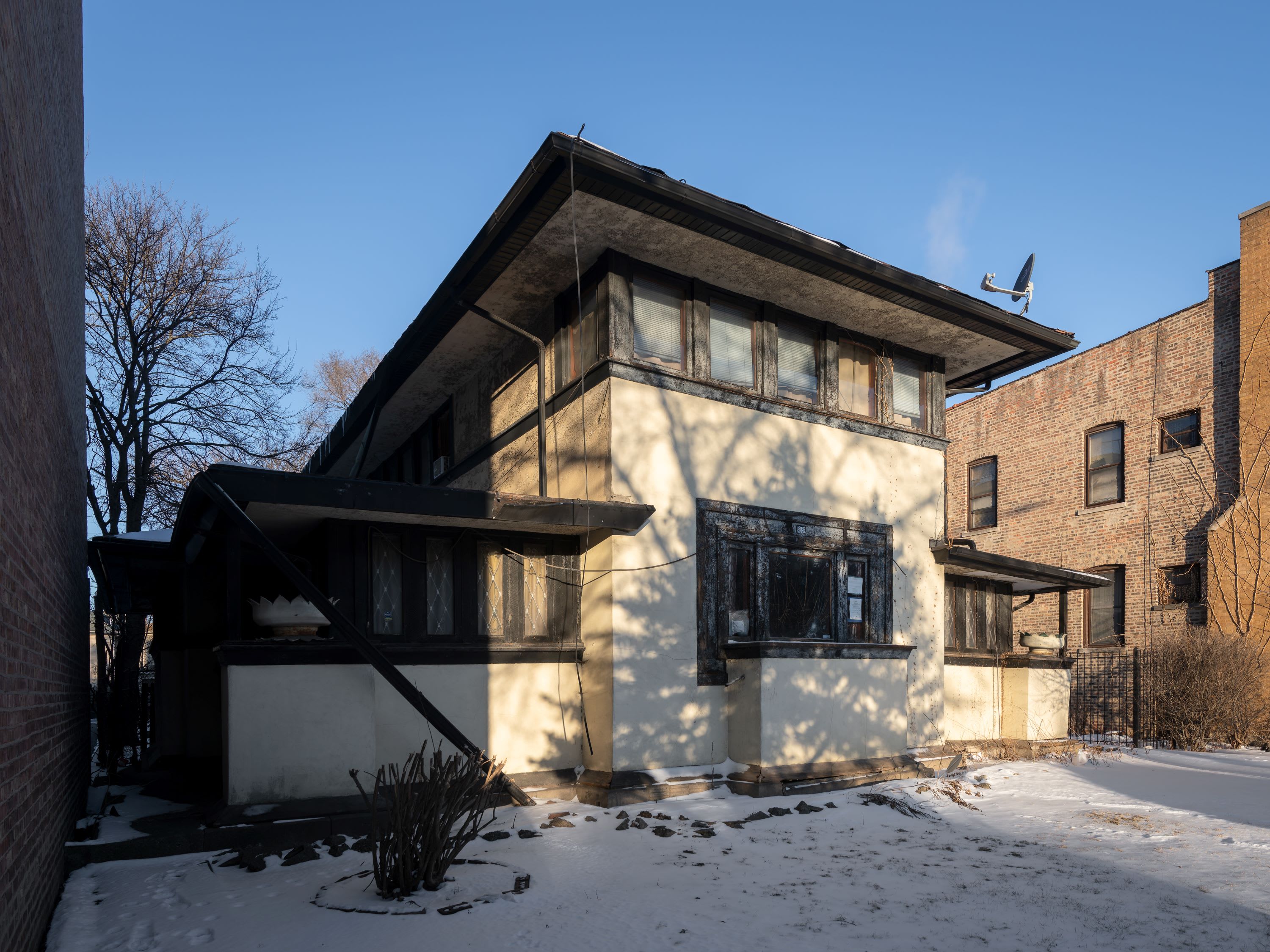 Why this rare Frank Lloyd Wright house is considered one of Chicago’s ‘most endangered’ buildings
Why this rare Frank Lloyd Wright house is considered one of Chicago’s ‘most endangered’ buildingsThe JJ Walser House has sat derelict for six years. But preservationists hope the building will have a vibrant second act
By Anna Fixsen Published